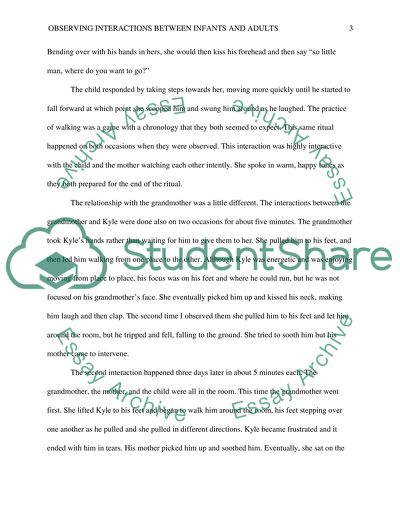Cite this document
(“Observations and child interactions Assignment Example | Topics and Well Written Essays - 2250 words”, n.d.)
Observations and child interactions Assignment Example | Topics and Well Written Essays - 2250 words. Retrieved from https://studentshare.org/education/1473301-observations-and-child-interactions
Observations and child interactions Assignment Example | Topics and Well Written Essays - 2250 words. Retrieved from https://studentshare.org/education/1473301-observations-and-child-interactions
(Observations and Child Interactions Assignment Example | Topics and Well Written Essays - 2250 Words)
Observations and Child Interactions Assignment Example | Topics and Well Written Essays - 2250 Words. https://studentshare.org/education/1473301-observations-and-child-interactions.
Observations and Child Interactions Assignment Example | Topics and Well Written Essays - 2250 Words. https://studentshare.org/education/1473301-observations-and-child-interactions.
“Observations and Child Interactions Assignment Example | Topics and Well Written Essays - 2250 Words”, n.d. https://studentshare.org/education/1473301-observations-and-child-interactions.


